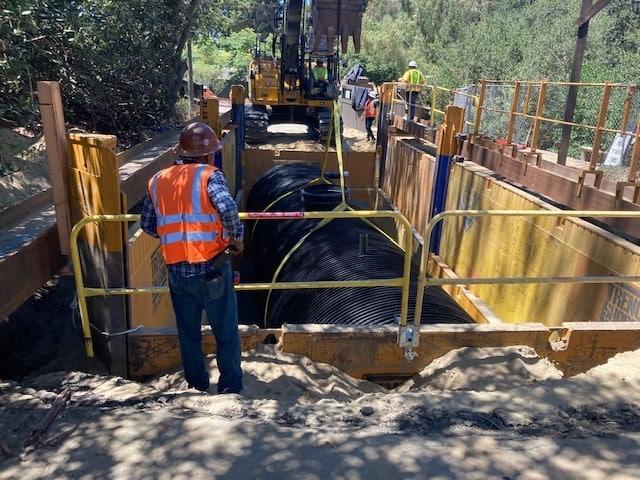Every year it surprises you – Earth Day, again!?
Should you join in? Can you find the time? Can you connect history to environmental sustainability? Absolutely!
Good news: You don’t need to plan a special event to join in. Earth Day raises awareness of the differences each of us can make on behalf of the environment – history organization or not.
Better news: You are likely already doing green work, or interpreting green stories; Earth Day is a ready-made chance to share that with your public and raise awareness:
- Tell an historic green story, or
- Share your staff’s green practices that save money and help the planet, or
- Share your institution’s green hopes and plans, or
- All of the above!
BTW – If you are pretty sure you’re doing nothing green – skipping to the end of this post brings you to a green checklist of ideas, and some “how to start” advice.
Historic Green Stories
- How about sharing sustainability examples for this month’s article for the local paper or your weekly blog post?
- Did the families trade eggs for veggies, cut wood for butter?
- Did they pump water with windpower?
- There’s always the clothesline discussion….
- How about describing some past practices that have evolved to be sustainable?
- Lumbering has become managed growth and forests are recreational sites.
- The town added sewers to create a healthier river, and now there are stormwater management regulations to help manage runoff from the added of roadways and parking lots and buildings.
- Citizens organized against a major polluter which led to cleaning up compromised land.

(Photo used with permission from Strawbery Banke Museum – check out their great historic food programs)
Staff Practices
- Do you have some cool facts on energy saved or lightbulbs replaced, or wind power purchased? Why not create a temporary sign that tells your visitors about this?
- How about mentioning the sensored lights and/or recycled-content materials as you head into the new exhibit with your tour?
- Do you list your resource-saving (money, materials, and energy) on your website? Donors appreciate knowing you are careful with their gift
Plans
- Let your community and peers know what good green work you are planning to do:
- Training: The museum field is preparing to make environmental sustainability a best practice. How can you plan to learn about and implement the green practices appropriate for your organization?
- Budgeting: Can you budget for an additional meter each year until all your year-round buildings can be monitored individually? Measuring and reviewing how much electricity or water each sites uses makes it so much easier to detect wasteful accidents and practices.
- Events: Can you set a goal of piloting zero waste events by practicing the techniques during the spring exhibit opening?
- Energy: Is there talk of a solar garden or a community solar program that you can considering joining in the future?
How to Start:
For those who want to get started going green, why not use Earth Day 2016 as your kick-off day? Here is the UK Museums Association Sustainability Checklist. If you don’t feel ready to have this conversation with the public then, in honor of Earth Day, have it instead with your staff and volunteers. Ask them what the organization does – already – that limits your negative impact on the environment?
- If the institution doesn’t recycle, maybe some staff take it home
- Maybe everyone is already awesome at turning off lights and computers and printers and coffee machines (and unplugging chargers) when they’re not being used
- Could you specify no-VOC paints for that next exhibit? (most major paint companies provide excellent options)
- How about setting goals to use 20% less paper this year, and buying only 100% recycled paper?
- How about looking at your utility bills for the last 12 months, setting a 10 – 20% electricity use reduction between now and Earth Day 2017, and working together to share tricks and look at the results each month?
Then next year on Earth Day you, too, will have successes to share that will inspire others, and help us all gain green momentum.
Sarah Sutton, Principal, Sustainable Museums, helps all kinds of museums improve their environmental sustainability in exciting and affordable ways. She is the author of Environmental Sustainability at Historic Sites and Museums as part of the AASLH History Series. (Don’t forget: members get a 20% discount off all books in the AASLH Series at Rowman & Littlefield.)






